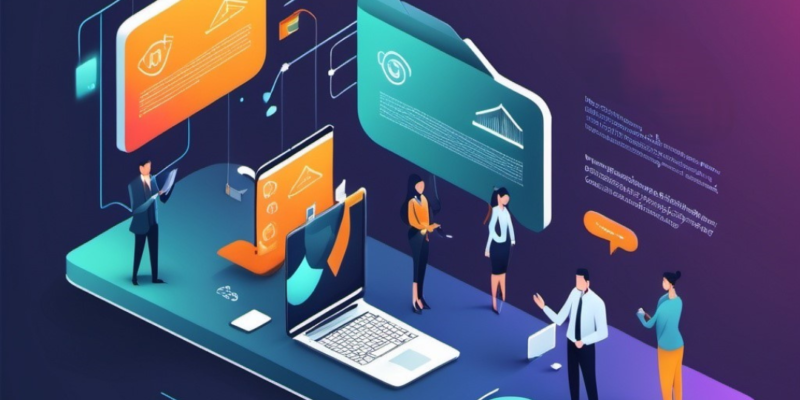A constant dilemma that businesses confront in the fast-paced, technologically-driven, and dynamic corporate world of today is whether to train their current staff or bring on new hires. Both strategies offer advantages, but which is better will rely on a number of variables, such as the company’s long-term objectives, financial capabilities, and industry dynamics.
- The Need for Adaptation in a Rapidly Changing World
To remain competitive, organizations must stay up to date on the newest skills and technology as they negotiate the needs of rapidly evolving areas, such as the rise of artificial intelligence (AI), data science, blockchain, and automation. Not only does having the proper talent matter, but so does having that talent armed with the most recent and pertinent knowledge.
Factors Shaping the Decision to Hire or Train:
- Technological Advancement Speed: What is the rate of change in your industry?
- Present Skill Gaps: What specific knowledge does your team now lack?
- Long-term Vision: Are you addressing immediate skill shortages or assembling a group to spearhead innovation in the future?
- Resource Availability: Is hiring a quicker, more practical answer, or do you have the time and money to train?
- When to Hire New Talent
In a number of situations, hiring fresh personnel becomes crucial, especially when retaining competitiveness requires bringing in outside knowledge. It is obvious why hiring outside experts is beneficial:
- a) Immediate Expertise and Specialized Knowledge:
Hiring becomes the most effective course of action when businesses find themselves with skill shortages that their current personnel is unable to fill without undergoing considerable training. A corporation might require skilled data scientists or AI engineers, for instance, if it decides to abruptly switch from developing traditional software to AI-driven solutions. These are extremely specialized positions.
- b) Speed of Execution:
When timing is critical, hiring is quite helpful. Depending on the intricacy of the new abilities, training a current employee can take weeks or even months. Hiring seasoned experts might provide a quick fix to fulfill deadlines and launch goods for companies that are rushing to stay up with technical advancements or market expectations.
- c) Diverse Perspectives and Innovation:
In addition to covering skill gaps, hiring new personnel can bring in novel viewpoints, which is crucial in sectors where innovation propels expansion. Hiring new personnel from different organizations or sectors can help a business stay innovative and adjust to changing trends since they provide fresh perspectives and invaluable knowledge.
When Hiring is the Best Strategy:
When the business is using drastically changing technologies or entering a whole new industry.
When initiatives with tight deadlines call for expertise that isn’t easily accessible within the organization.
When developing growth and strategic direction requires the diversity of ideas and creativity from outside hires.
- When to Train Existing Employees
Training existing employees can offer long-term benefits and build a stronger, more cohesive team. In domains where innovation is less disruptive, or where the workforce is highly adaptable, upskilling can be a more sustainable and cost-effective approach.
- a) Fostering Loyalty and Reducing Turnover
By providing training, you may help your staff members become more skilled and satisfied with their jobs. When workers feel appreciated, they are more inclined to stick with the organization, which lowers turnover rates. Increased productivity and team cohesion are frequently the outcome of keeping skilled workers who are acquainted with the business culture and procedures.
- b) Cost Efficiency
Long-term cost savings from educating your current workforce generally outweighs the costs associated with hiring new staff, which might include wages, benefits, and onboarding. To give their personnel the newest skills without having to pay the high cost of recruiting outside, several businesses offer online courses, certifications, or internal workshops.
- c) Building an Agile Workforce
Flexibility is provided via training. Businesses can allocate resources more effectively and minimize bottlenecks while adopting new technologies or switching between projects when individuals possess cross-training in multiple domains. When new possibilities or risks present themselves, an adaptable staff can respond to shifting domains and provide a smoother pivot for the business.
- d) Cultural Continuity
Employees with higher skill levels contribute institutional knowledge. They are aware of the company’s procedures, objectives, and core principles. By maintaining the same basic principles and operational consistency, the organization is able to accept new technology with the assurance of cultural continuity.
When Training is the Best Strategy:
When technology or domain changes are small enough for the workforce to absorb them gradually.
When the business prioritizes staff involvement, continuity, and loyalty.
When hiring externally becomes less possible due to time and financial constraints.
When mentorship and internal development are highly valued in the organization.
- The Hybrid Approach: Blending Hiring and Training for Maximum Impact
In many cases, the best strategy is not an either/or choice but a hybrid approach that leverages both hiring and training. A balanced strategy could involve hiring a small number of highly specialized professionals who can lead initiatives while concurrently training existing staff to support these leaders.
- a) Mentorship and Knowledge Transfer
One effective way to blend the two approaches is to hire experts who can not only fill critical roles but also mentor existing employees. This allows for the rapid infusion of new knowledge while ensuring long-term skills development within the organization.
- b) Strategic Workforce Planning
By analyzing future technological trends and company growth projections, businesses can proactively decide which skills are worth developing internally and which roles should be filled through hiring. For example, as companies adopt AI and machine learning, it might be strategic to hire a core team of AI experts while training the existing workforce in adjacent fields like data analysis and automation tools.
- c) Building Cross-Functional Teams
By combining experienced hires with well-trained internal talent, companies can build cross-functional teams that are both innovative and grounded in the company’s vision. Cross-functional teams enhance collaboration, problem-solving, and creativity, which are critical in adapting to new technological trends.
- Choosing the Right Strategy for Your Company’s Growth
Conclusion: Adapting for Success in a Dynamic Environment

